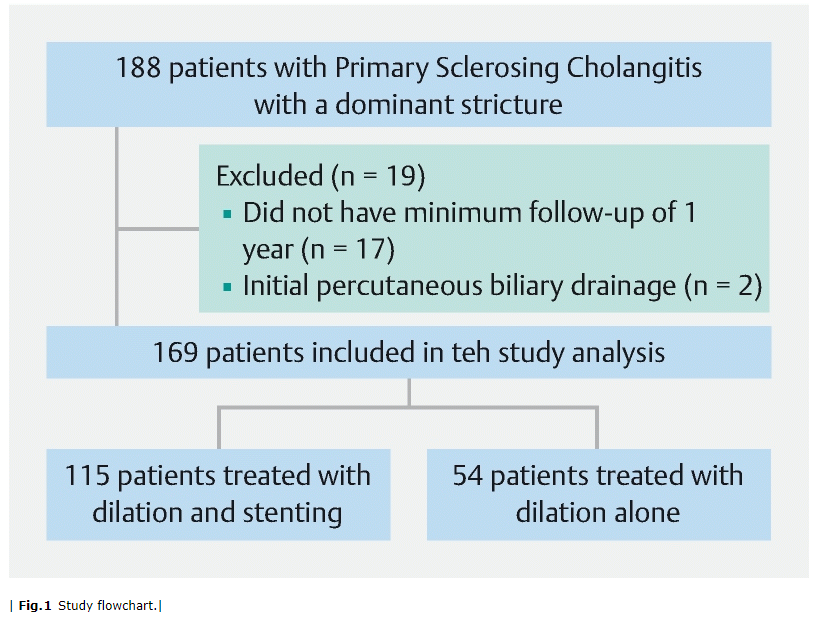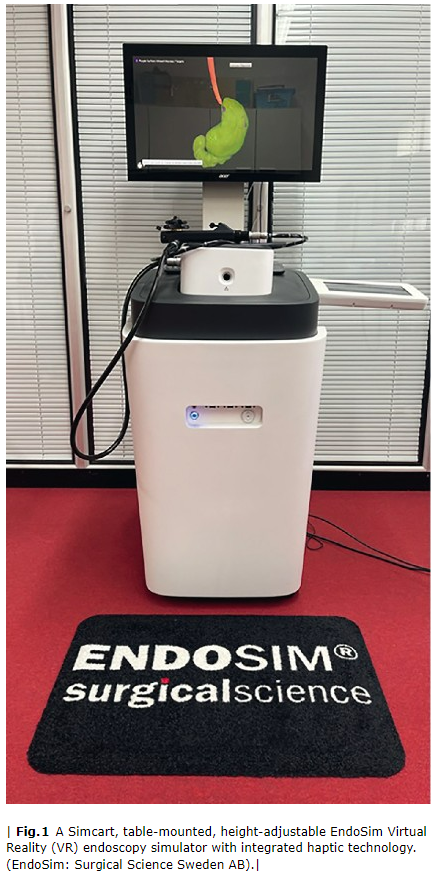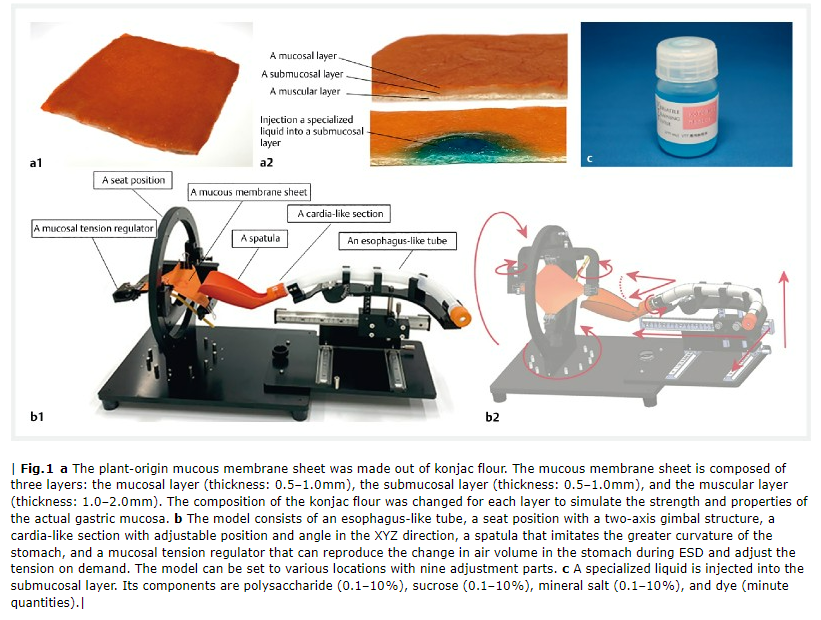
Essential articles in endoscopy
Original article
Samuel Han, Raj J. Shah
Background and study aims Dominant strictures (DS) occur in up to 60 % of patients with primary sclerosing cholangitis (PSC). Data regarding the long-term effects of stenting vs. dilation remain limited. The aim of this study was to compare the two treatment modalities in terms of transplantation-free survival.

Original article
Catherine Eley, Neil D Hawkes, Richard J Egan, David B Robinson, Chris Brown, Sam Murray, Keith Siau, Wyn Lewis
Background and study aims Virtual reality endoscopic simulation training has the potential to expedite competency development in novice trainees. However, simulation platforms must be realistic and confer face validity. This study aimed to determine the face validity of high-fidelity virtual reality simulation (EndoSim, Surgical Science, Gothenburg), and establish benchmark metrics to guide the development of a Simulation Pathway to Improve Competency in Endoscopy (SPICE).

Original article
Tomohiro Mitsui, Yusuke Yoda, Hironori Sunakawa, Seiichiro Takayama, Keiichiro Nishihara, Atsushi Inaba, Daiki Sato, Tatsunori Minamide, Kenji Takashima, Keiichiro Nakajo, Tatsuro Murano, Tomohiro Kadota, Kensuke Shinmura, Hiroaki Ikematsu, Tomonori Yano
Background and study aims Gastric endoscopic submucosal dissection (ESD) is a highly technical procedure mainly due to the distinctive shape of the stomach and diverse locations of lesions. We developed a new gastric ESD training model (G-Master) that could accurately recreate the location of the stomach and assessed the reproducibility of located lesions in the model.

